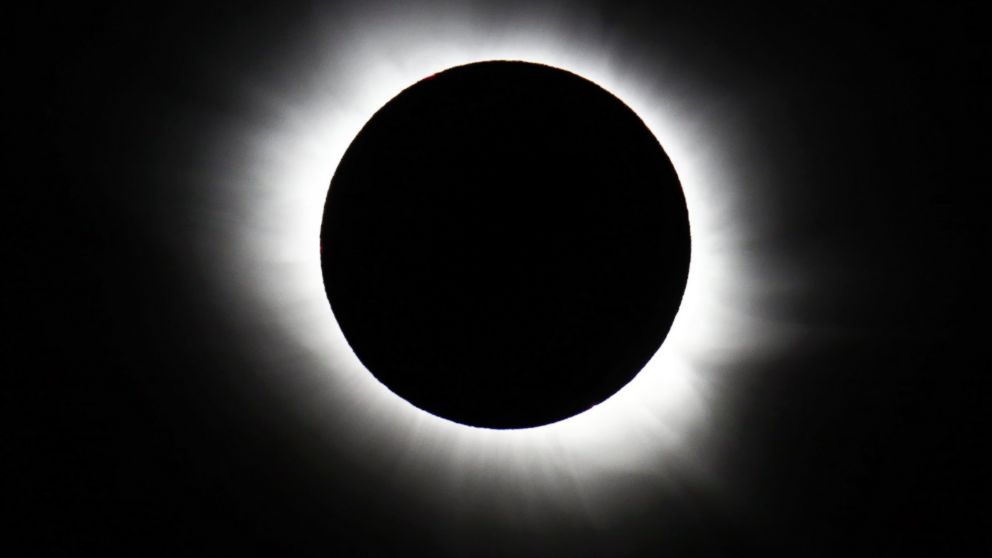*
Ring in the new year with a sparkling meteor shower, a pair of eclipses, and a planet parade.
THE NEW YEAR starts off with a bang thanks to 2019’s best celestial fireworks show, followed by eye-catching planetary encounters and an eerie wolf moon eclipse.
So, if your holiday haul included new binoculars or telescopes, mark your January calendar and get ready to try out your stargazing gear!
*
Earth at perihelion—January 3
If you ever thought Earth’s orbital distance from the sun controlled the temperature, this day should convince you otherwise. Earth’s path around the sun is not a perfect circle, and the planet gets nearer and farther from the star over the course of a year.
At 12:20 a.m. ET on the 3rd, our planet will reach its closest point to the sun for all of 2019. At this so-called perihelion, the two bodies will be just over 91 million miles apart—three percent closer than they will be at their farthest point, or aphelion, in July.
New Year meteor shower—January 3-4
In the predawn hours of January 4, the first meteor shower of the year, the Quadrantids, will reach its peak. Rates this morning will range from 60 to 120 shooting stars an hour when seen from a dark location. This year, a waning crescent moon should provide ideal conditions for seeing even faint meteors under clear skies.
The meteors will appear to radiate from the northeast sky, just off the handle of the Big Dipper. This is the site of Quadrans Muralis, a constellation that’s no longer recognized by astronomers but which gave the Quadrantids their name.
*
Partial solar eclipse—January 5-6
For some lucky sky-watchers, the year’s first new moon will seem to take a bite out of the sun. The partial solar eclipse will begin at sunrise in Asia, starting in China at 7:34 a.m. local time (23:34 UT on January 5) and moving across Japan, Korea, and Russia. Four-and-a-half hours later, it will cross Alaska’s Aleutian Islands at local sunset (3:48 UT on January 6). People in the Americas, Africa, and Europe will unfortunately miss the sky show.

